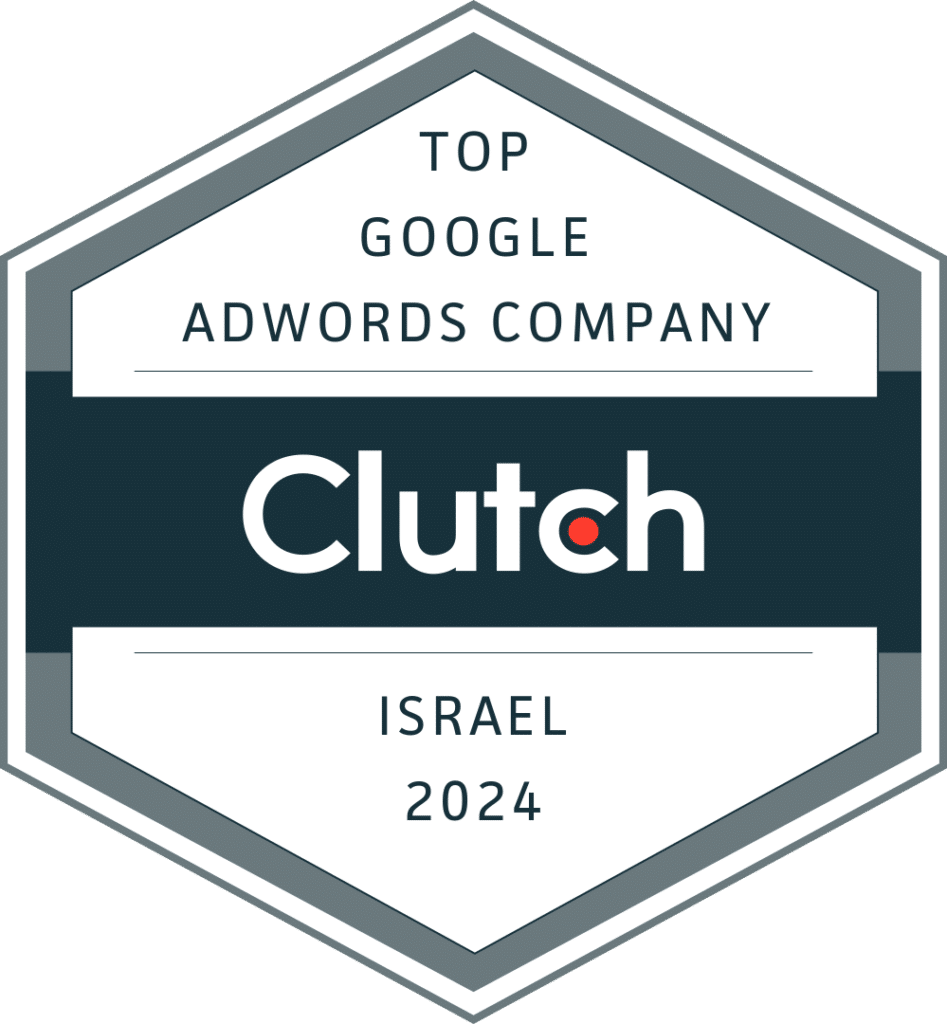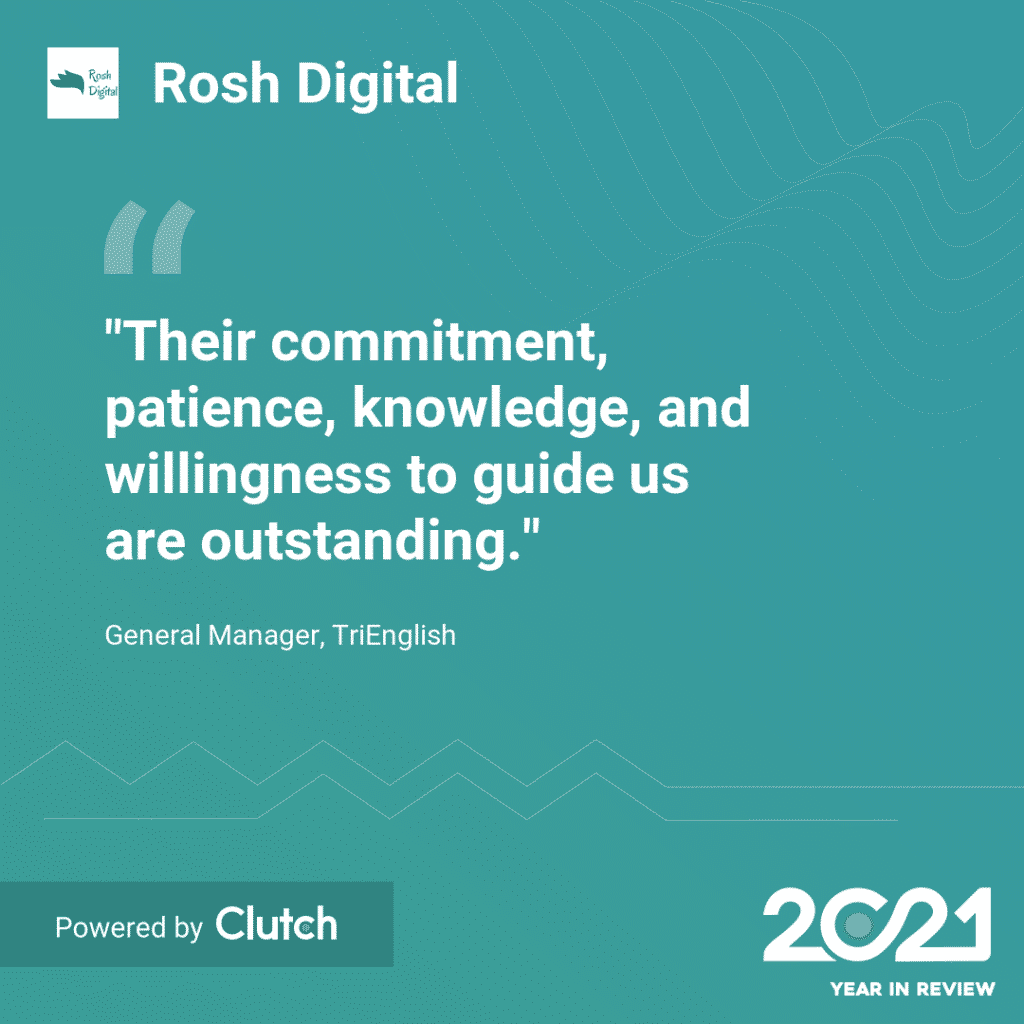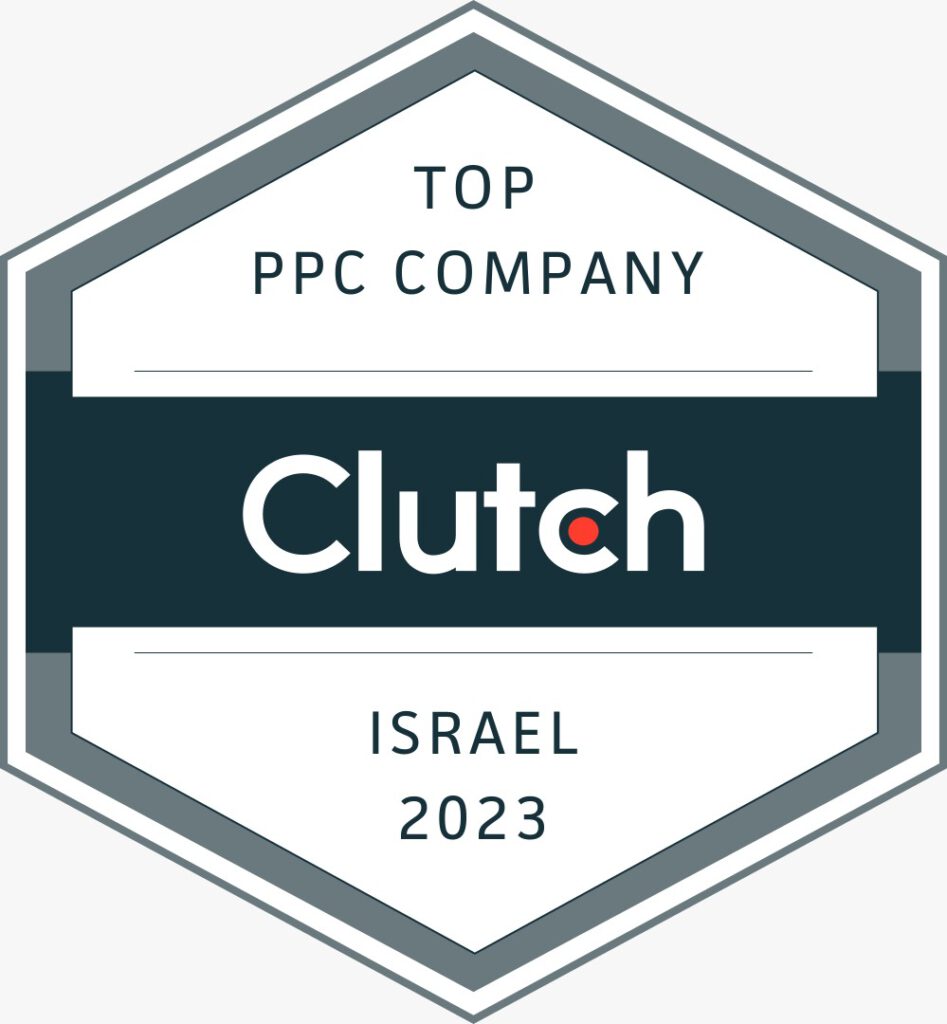Introduction
In the realm of digital marketing, Pay-Per-Click (PPC) advertising has become a powerful tool for businesses to drive targeted traffic to their websites and generate leads. To cater to the diverse needs of organizations, PPC service providers offer packages tailored to different types of businesses, such as small, medium, and enterprise organizations. In this article, we will explore the main differences in PPC packages designed for each of these business categories.
Budget Allocation
One of the primary differentiating factors between PPC packages for small, medium, and enterprise organizations is the budget allocation. Small businesses usually have limited financial resources, so their PPC packages tend to focus on cost-effective strategies and campaigns. Medium-sized businesses typically have a larger budget compared to small businesses, allowing for more aggressive PPC campaigns. Enterprise organizations, with their substantial budgets, can afford higher spending on PPC, allowing for extensive targeting, testing, and optimization.
Scope and Scale
The scope and scale of PPC campaigns also vary based on the size of the organization. Small businesses often have a narrower target audience and specific geographical focus, so their PPC packages may be localized and focused on a few key keywords or products/services. Medium-sized businesses may have a broader target market and a more comprehensive keyword strategy, expanding their reach to different regions or demographics. Enterprise organizations typically have the widest scope, targeting multiple markets, running extensive keyword campaigns, and leveraging advanced PPC features such as remarketing and dynamic ads.
Campaign Complexity

PPC packages also differ in terms of campaign complexity. Small businesses usually require simpler PPC campaigns with basic targeting options and straightforward ad copy. Medium-sized businesses may require more sophisticated campaigns that involve audience segmentation, ad testing, and campaign optimization. Enterprise organizations, with their larger campaigns and wider audience base, require complex strategies, including advanced targeting options, A/B testing, landing page optimization, and sophisticated tracking and analytics.
Ad Networks and Channels
The choice of ad networks and channels also varies depending on the size of the organization. Small businesses may primarily focus on popular ad platforms like Google Ads, which provide a wide reach and targeting options. Medium-sized businesses might expand their advertising efforts to additional ad networks and channels, such as LinkedIn, Twitter, or industry-specific platforms. Enterprise organizations, with their extensive resources, can leverage a wide range of ad networks, including display networks, video platforms, and programmatic advertising, to maximize their reach and visibility.
Reporting and Analytics
The level of reporting and analytics provided in PPC packages can differ for small, medium, and enterprise organizations. Small business packages may offer basic performance reports, including key metrics like clicks, impressions, and conversions. Medium-sized businesses may benefit from more detailed reports, including audience insights, conversion tracking, and ROI analysis. Enterprise organizations typically receive comprehensive reports with advanced analytics, custom tracking, attribution modeling, and insights on multichannel campaign performance.
Conclusion
PPC packages tailored for small, medium, and enterprise organizations differ in various aspects, such as budget allocation, scope and scale, campaign complexity, choice of ad networks, and reporting capabilities. Understanding these differences will help businesses select the most suitable PPC package that aligns with their goals, budget, and marketing requirements, enabling them to effectively leverage PPC advertising to drive targeted traffic, generate leads, and achieve business growth.













